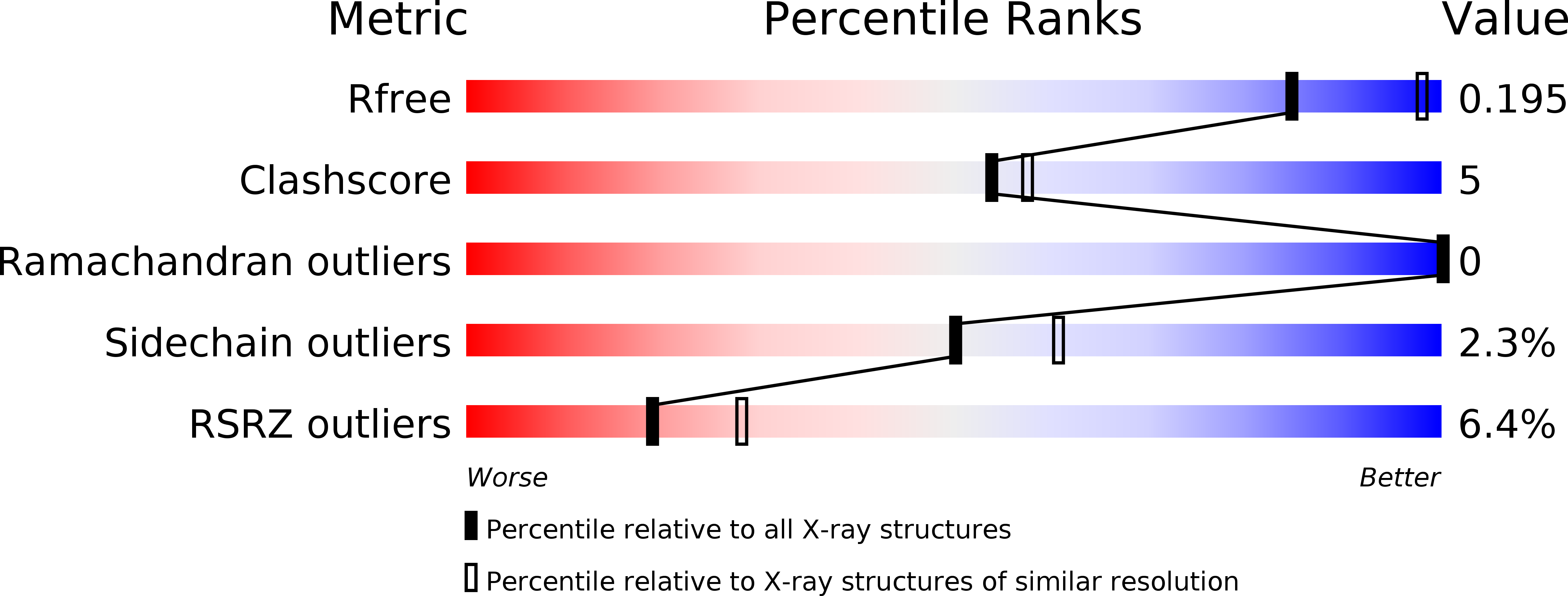
Deposition Date
2009-07-14
Release Date
2009-07-28
Last Version Date
2025-03-26
Entry Detail
PDB ID:
3IAU
Keywords:
Title:
The structure of the processed form of threonine deaminase isoform 2 from Solanum lycopersicum
Biological Source:
Source Organism:
Solanum lycopersicum (Taxon ID: 4081)
Host Organism:
Method Details:
Experimental Method:
Resolution:
2.35 Å
R-Value Free:
0.19
R-Value Work:
0.16
R-Value Observed:
0.16
Space Group:
P 61 2 2


